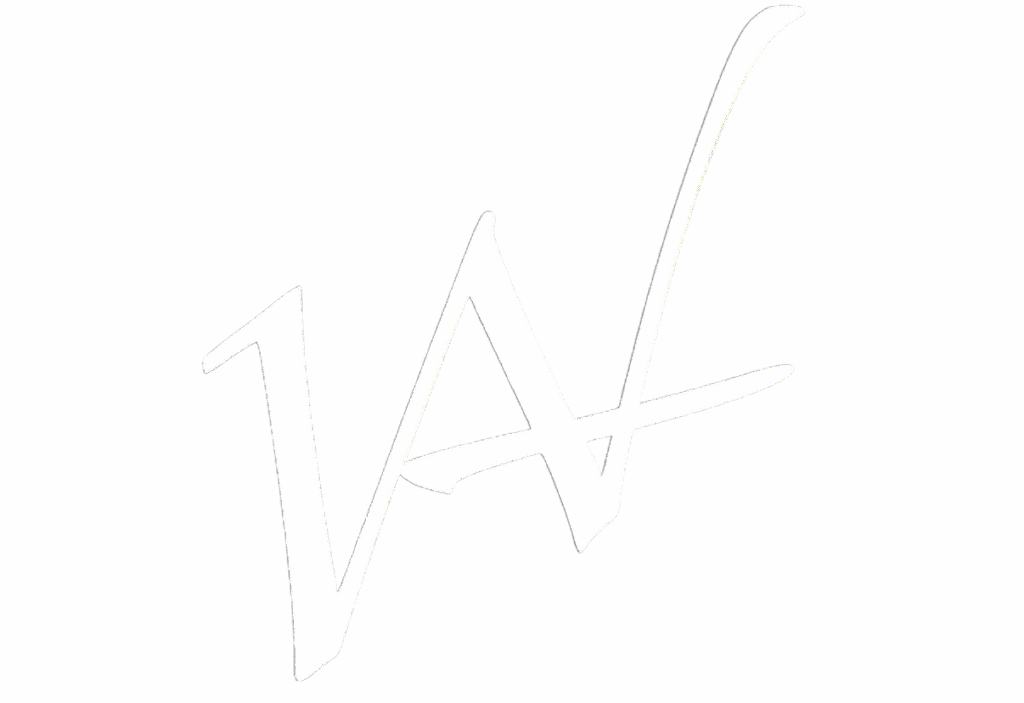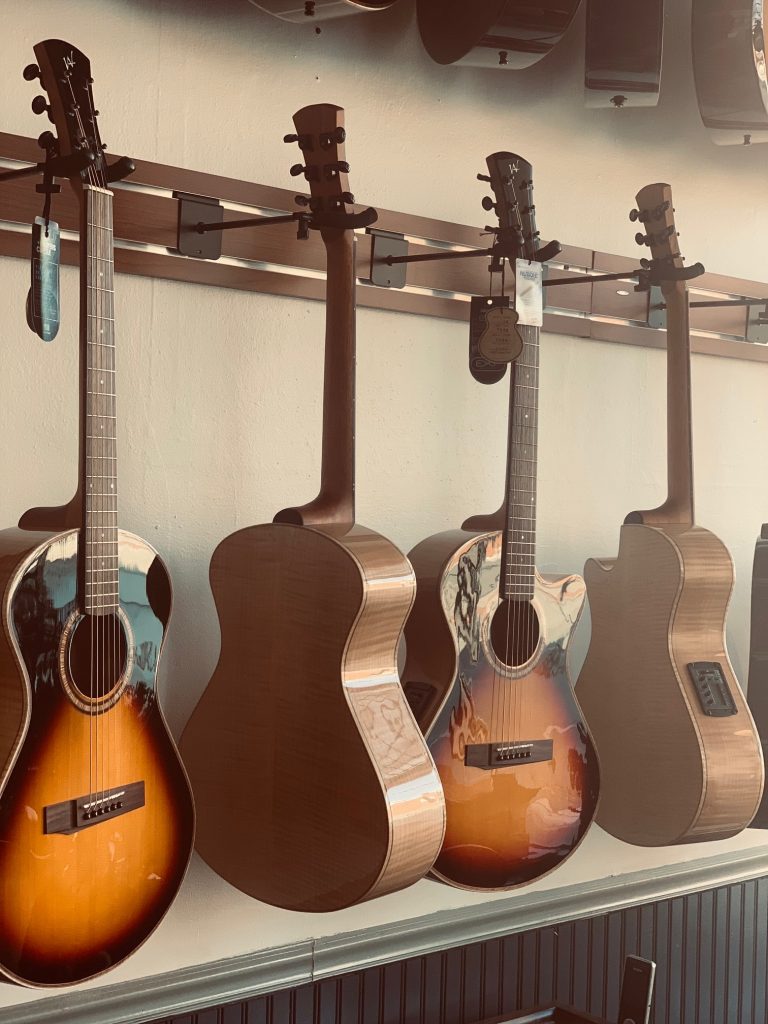By: Josh Lucas
If there’s one thing I know about acoustic guitarists, it’s that we love messing around with different tunings. Whether it’s to suit our voices, or just to come up with some new colors in our compositions, this series is going to take a look at different tunings that are commonly used on the guitar.
Who knows, we may even get a little weird with the tunings! Why not?
So, we’re all used to standard tuning, right? Low string to the high–EADGBE–if you’re not familiar with standard tuning, I won’t say that you have to learn it first, because there’s more than one way to skin a cat–but I do have to wonder how you got here! Either way, we’re going to show you a different tuning with each installment.
Let’s start out easy with Drop-D tuning.
If that’s not spicy enough for you, don’t worry. We’ll get there.
But this is the perfect starting place. All you’ve got to do is tune your low E string down to D.
Lookie there, now not only are you able to play virtually every sweet 90’s, early 00’s rock riff ever (with just one finger!), but you also have a versatile tuning that can add a lot of texture to your playing.
The fact that you can now play power chords (root-fifth) with one finger is more than just a trick for rock and metal guys–and I’m sure anyone with an ear for folk music can tell you just how long this tuning has been used–but it also makes ninths a little easier to reach.

It can give you an entire spectrum of new voicings for what we’ll call its home keys of D minor and D major. You’ll see in this example that having the low string tuned down is essential in creating the proper texture and harmony. Using our fourth string D just won’t cut it.

Now, since drop D is only barely an alternate tuning–I mean, it’s just SO common–let’s throw in that extra spice.
Tune that high E string down to D, too. What’s this tuning? You guessed it. Double Drop-D. Now, why don’t you take what you’ve messed with in Drop D, and apply it to this tuning?

Next time we’ll dive a little deeper into tunings that begin with the note “D.”








